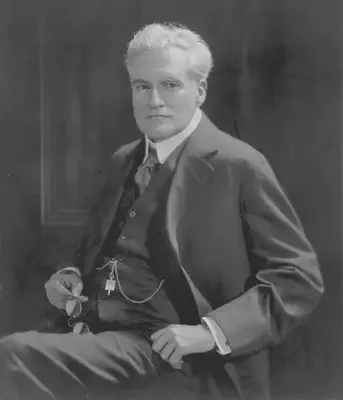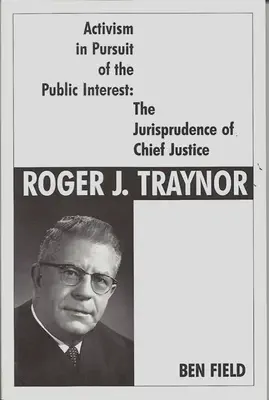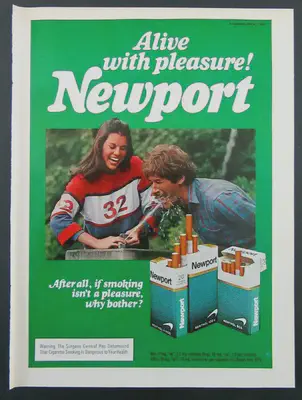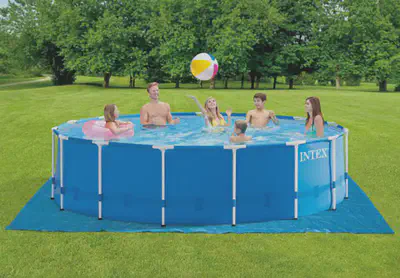Products Liability
Strict Liability Recap
Limits on Strict Liability
Fletcher v. Rylands
— PWFOPBOHL&C&KTALDMIIE
Rylands v. Fletcher
— PWFOPBOHL&C&KTA “non-natural” and LDMIIE
First Restatement
— “ultrahazardous activity”
Second Restatement
— “abnormally dangerous activity”
Indiana Harbor Belt v. American Cyanamid
Strict liability applies for behavior that is:
- Very risky and that risk cannot be eliminated at reasonable cost
AND
- Not susceptible to due care analysis
Tort law is the law of
negligence.
Strict liability is the law of tort law when negligence fails.
MacPherson v. Buick Motor Co.

MacPherson v. Buick Motor Co.
Macpherson Test
If object can put life and limb in danger if negligently made
And defendant has knowledge of probable danger
And defendant has knowledge that it will be used by people other than the purchaser
And no further tests will be performed
Then manufacturer has a duty and privity is no defense
Escola v. Coca Cola

Tort Law Values
| Era | Philosophy | Primary Goal | Concern |
|---|---|---|---|
| Classical | Corrective justice | Individual accountability | Autonomy |
| New Deal | Political Economy | Distributive justice | Power |
| Neoliberal | Economics | Maximize utility | Efficiency |
—
Rationale
Power dynamics
Cost spreading / insurance
Deterrence
Extensions of Liability
Plaintiffs: Not just consumers but bystanders.
Defendants: Not just manufacturers but retailers.
Defect Requirement
—
Products Liability
— Manufacturing defects
— Design defects
— Instructions and warnings
Manufacturing Defects
Design Defects
Barker v. Lull Engineering
Two tests:
- Consumer expectations
- Excessive preventable danger
—
Soule v. General Motors
—
When does the consumer expectations test apply?
Not at
all clear!
It depends upon the “everyday experience of the product’s users”
1) Consumer expectations
2) Excessive preventable danger
[fit]“Reasonable Alternative Design”
“Reasonable Alternative Design” Challenges


